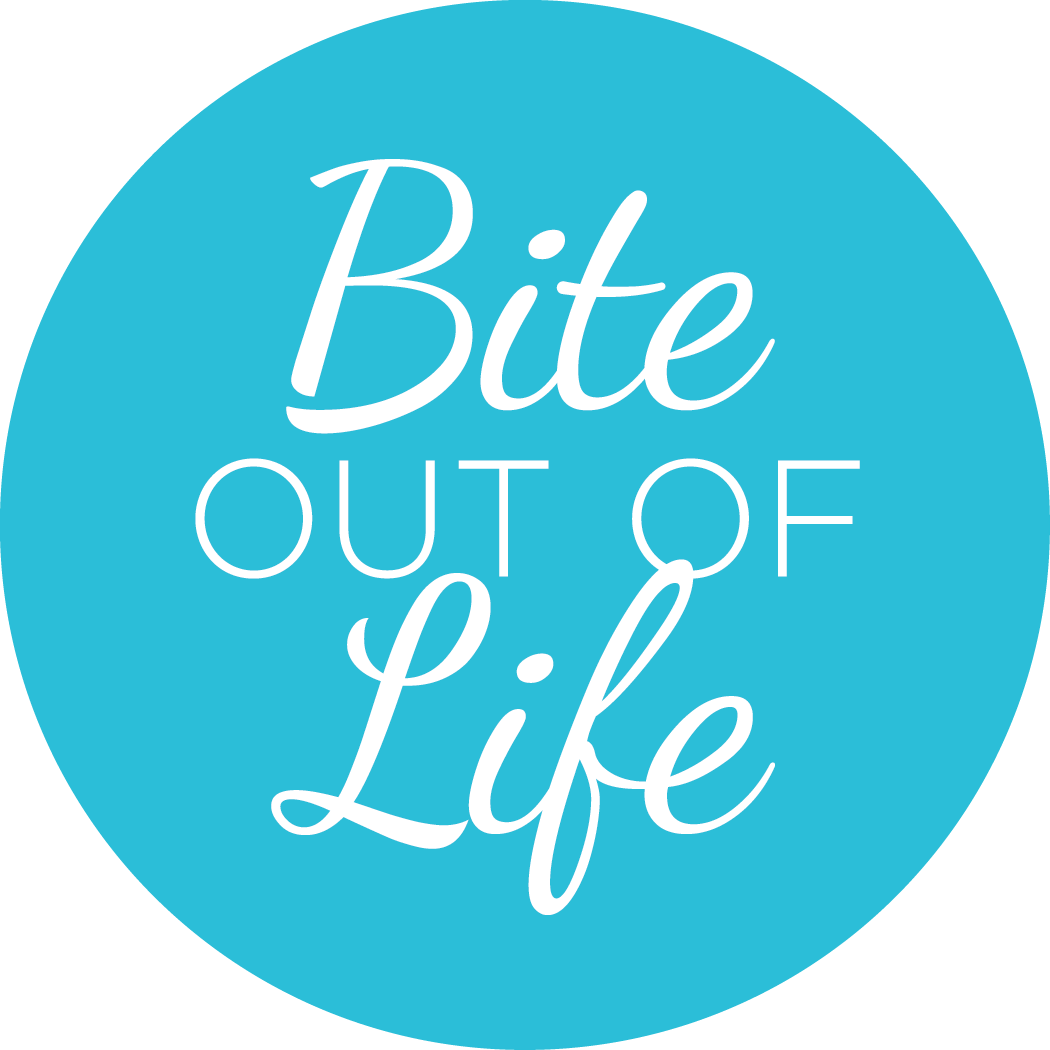
You knew it was going to happen eventually – I’d raise the issue of the woo-woo.
If you know me – you know that my go-to for clients, when we are talking optimal health and well-being, is always to identify solutions that are both practical and evidence-informed.
That doesn’t always mean there has to be a long-term double-blind randomized controlled study supporting whether you should increase your consumption of Omega 3s to reduce inflammation or embark on some forest-bathing to lower your cortisol.
But it does mean I like to see some critical thinking applied before I will promote an unconventional option. For anything – but especially when we are talking hormone balance and the transition to menopause.
So you are NEVER going to find me suggesting that you follow the advice of a certain Hollywood ‘lifestyle guru’ who promotes steaming your vagina to balance female hormones.
There are so many reasons why this makes no sense I can’t even begin to document them. But you can see an explanation here if you are curious.
#justsayno.
Let’s put the goofy – or maybe I should say ‘Goopy’ – ideas aside. I absolutely do think that there are some helpful approaches you can try, as you move through the menopausal sh#tstorm that some women experience, that are different than what you might hear about from an allopathic doctor. That is, unless he or she has taken the time to look beyond typical prescription drugs to relieve symptoms like hot flashes or mood swings or vaginal dryness.
So as we continue to progress through The ABCs of Healthy Hormones – I’ve landed on U for Unconventional.
I hope you’ll keep an open mind as we explore 5 things to consider – and to safely try – if you are making the perimenopause/menopause transition. Or even if you are not there yet but thinking about how you want to rise up and meet that next phase of life.
And here’s good news: not a single one of them is as unwise as shooting hot steam up your yoni.
1. Essential Oils
You’ve probably heard about the power of essential oils (EOs) for any number of health issues and concerns. These concentrated extracts from the leaves, bark, flowers, rinds, or roots of plants can assist the body to use its own power and capabilities to come back to homeostasis.
Some of these EOs contain phytoestrogens which behave in a similar fashion to our own estrogen. Some can help stimulate the production of progesterone. And some can boost or even out testosterone.
Before we go any further, let me say: these remedies are potent, so you should not try them out without the guidance of a knowledgeable practitioner. There is a lot to understand about how they work and how to use them safely. Remember, these are plant medicines with specific properties and some have contraindications with other forms of medicine.
So have a conversation and get some solid advice before using them topically, orally or even when diffusing them. And keep in mind that not all EOs are the same quality, so be judicious about who you purchase from. There are a lot of direct sales companies and internet sources out there and not all provide quality product or information.
Here are just three of the many EOs that could assist with some of the most pervasive imbalances that women face during the transition years:
Thyme Oil: a research paper that appeared in the Proceedings of the Society of Experimental Biology and Medicine discussed the potential benefits that thyme oil had on balancing progesterone levels.
Clary Sage: promising animal studies show that this EO can help with bone metabolism which may slow the development of osteoporosis, a risk factor for post-menopausal women. Additionally, in human research, clary sage oil can help decrease cortisol levels when inhaled and may also provide relief from hot flashes when applied to the bottom of the feet.
Geranium: A 2017 study showed that aromatherapy with geranium oil had the potential to increase the secretion of estrogen in perimenopausal women.
2. Dry Brushing
Dry brushing is a type of Ayurvedic healing that’s been around for eons. While there is ample empirical evidence, there is little scientific evidence that this ritual is a proven hormonal help. I’m ok with that because what we do know is that Indian, Japanese, Greek and many other ancient cultures have embraced this practice for centuries – not only because it may benefit beautiful skin but also for the support it may lend to helping your lymphatic system function effectively.
The lymph is the garbage collector of your body and is a crucial part of the immune system. As it flows around the body, it grabs up all the waste products floating around and helps you to eliminate them. So a stagnant lymph system may reduce the body’s ability to clear excess estrogen, leading to estrogen dominance and the start of a whole cascade of hormonal issues.
An overall healthier body is going to handle any hormonal change better, so while this practice may lack laboratory evidence, I do recommend making this self-care habit a part of your weekly routine.
Why? Because women who are able to put themselves first and make their own health a priority – especially as they move through peri-menopause – have increased coping mechanisms and remain more mentally resilient. And when you are more resilient, you are less likely to find any of the changes that you are experiencing as you transition to menopause to be overwhelming.
So what have you got to lose in trying this before your morning shower?
Here’s a quick tutorial by a physiotherapist to show you exactly how to get the most out of this simple and cost-effective self-care routine.
3. Grounding/Earthing
Humans are energetic beings. By that, I mean electrical charges that stimulate our nervous system play a role in how our metabolism, brain, cardiovascular and other bodily functions work. When symptoms like inflammation, hot flashes, sleep disturbances or soaring cortisol overwhelm us during the menopause transition, we need to reduce that provocation and calm our nervous system.
Research has identified that one way to restore electrical balance and harmony and to reduce the build-up of heat (hello hot flashes and night sweats!) is to feel the earth under our feet and connect to its natural electrical system.
The soles of our feet contain nerves, blood vessels, lymphatic pathways and are a key link in our ancient grounding system. Studies show that walking barefoot outdoors (weather permitting) on grass, sand, earth or stone for as little as 30 minutes daily can improve blood pressure, sleep, chronic pain, anxiety and lower inflammation. Like forest-bathing, strengthening our connection to nature via this approach settles our parasympathetic nervous system.
4. Acupuncture
Although most commonly used for pain relief, acupuncture has been shown to be surprisingly effective in supporting healthier hormones by helping to shift the balance of estrogen, estradiol, progesterone and other gonadotropins. A literature review of 124 studies (23 of which were selected for a deep dive) looking at acupuncture treatment and its effects on women’s sex hormones, identified that hormones were affected in both animals and human patients and that this modality can be a viable complement to other supportive therapies.
5. Fibre
You knew I would get to fibre eventually, didn’t you? I can’t think of too many issues, conditions or bodily functions that are not helped by ensuring we are getting the optimal amount of fibre in our diet each and every day. Healthy hormones are no exception.
Hot flashes? Yep, fibre helps. Reduces the risk of depression? Dietary fibre intake is inversely associated with depression for premenopausal women. Preventing the re-absorption of estrogen? Yes, and thereby mitigates estrogen dominance. Stabilizes blood sugar? Yes, which helps to manage metabolic issues and weight gain. Constipation? Of course fibre can help this very common perimenopausal symptom.
So run, don’t walk, to your kitchen and get your fibre on today!
Aim for 40g minimum daily (spoiler alert: the average North American consumer gets between 15 and 20g) by choosing foods like vegetables and fruits (skin on whenever possible), beans, lentils, nuts and seeds, and whole grains like oats or quinoa.
Here’s a handy resource from a reputable source to help you chart your intake.
In conclusion:
Healthy hormones are a combo of many things. There is no one-size fits all.
Some solutions may be unconventional, but as long as they are safe and evidence-informed, they may be an option to include as part of your protocol.
But seeking the support of an expert to help you navigate the journey is always a smart move. Reach out if I can help.
